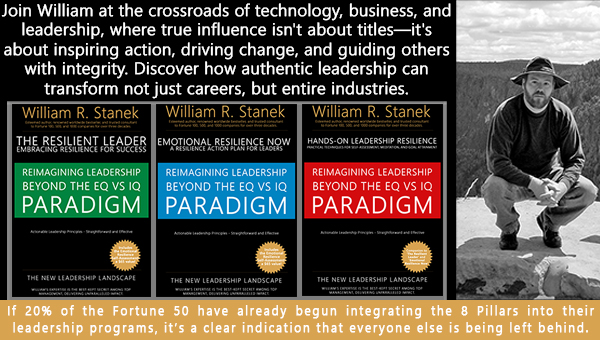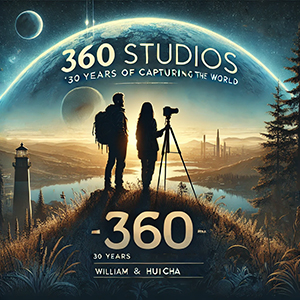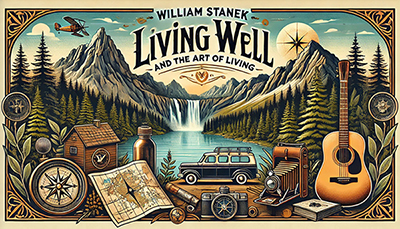
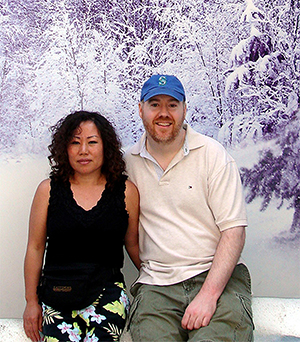
Mindful Living
Discover how mindfulness can enrich your daily life. Whether you're new to the practice or deepening your journey, these insights from William and Hui Cha Stanek provide guidance on living with awareness, purpose, and connection.
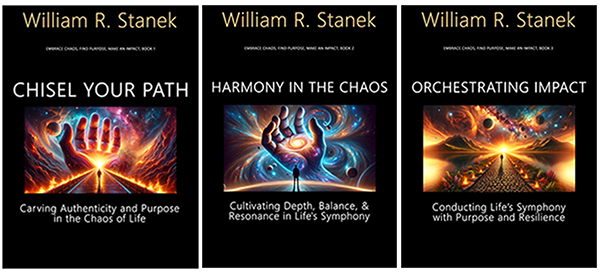
Transform your life with practical wisdom. Discover William Stanek's 'Living Well' series—your guide to a balanced and fulfilling life.
Discover William Stanek's Exclusive Art Collection
Explore and purchase the stunning art featured on this site. Own a piece of William Stanek's unique and captivating artwork today!
(May 18, 2025) Mindfulness and Creativity: How the Staneks Entered the Flow State for Enhanced Artistic Expression
Creativity isn’t just about having great ideas; it’s about entering a state of mind where those ideas flow freely, where time seems to disappear, and where the work almost creates itself. This state, often referred to as the “flow state,” is where some of the most profound artistic and professional work happens. For Hui Cha and me, finding our way into this flow state wasn’t always easy, especially with the demands of daily life and the pressures of various projects. But we discovered that mindfulness was a powerful tool to help us tap into this state more consistently, enhancing both our creativity and our sense of fulfillment in the process.
Mindfulness, at its core, is about being fully present in the moment—aware of your thoughts, emotions, and sensations without judgment. When applied to the creative process, mindfulness can help you quiet the noise of self-doubt and distraction, allowing your creative instincts to take center stage. In this article, we’ll explore the concept of the flow state, discuss how mindfulness can facilitate entering and sustaining this state, and share practical tips for integrating mindfulness into your creative routines. Drawing from our experiences, we hope to inspire you to use mindfulness as a tool to unlock your creative potential and bring your ideas to life.
Understanding the Flow State: A Gateway to Creativity
The flow state is a mental state where you’re fully immersed in an activity, experiencing a sense of effortless concentration and enjoyment. It’s often described as being “in the zone,” where your focus is so intense that everything else fades away, and you lose track of time. This state is particularly valuable in creative work, as it allows ideas to flow more freely, decisions to be made with clarity, and artistic expression to reach new heights.
The Importance of Flow in Creative Processes
For creatives, entering the flow state can mean the difference between struggling with a blank page and effortlessly producing work that feels inspired and authentic. Flow enhances creativity by reducing the mental barriers that often hold us back—like self-criticism, perfectionism, and fear of failure. When you’re in flow, your mind is fully engaged in the task at hand, free from distractions and doubts, allowing your creative potential to flourish.
In our own creative endeavors, whether it was writing, painting, or any other form of artistic expression, finding the flow state was essential. We found that when we were in flow, our work felt more natural, more aligned with our true selves, and more impactful. But achieving this state wasn’t always easy, especially in the midst of life’s distractions and demands. This is where mindfulness became a game-changer for us.
Using Mindfulness to Enter and Sustain the Flow State
Mindfulness can be a powerful tool for accessing the flow state, as it helps you focus your mind, reduce distractions, and stay present with your creative work. Here’s how mindfulness facilitated our ability to enter and sustain the flow state:
-
Mindful Preparation: Setting the Stage for Flow
- Before diving into creative work, we found that it was helpful to start with a mindful warm-up—a practice that helped us clear our minds, set intentions, and create the mental space needed for creativity to flow.
- How to Practice Mindful Preparation:
- Begin by sitting quietly and taking a few deep breaths, inhaling through your nose and exhaling through your mouth. Focus on your breath and allow any lingering thoughts or distractions to fade away.
- Set a clear intention for your creative session, such as “I will approach this work with openness and curiosity” or “I will allow myself to create without judgment.”
- Visualize yourself entering the flow state, where your mind is fully engaged, your ideas are flowing, and your work is coming together effortlessly. This mental preparation can help you transition more smoothly into a state of flow.
-
Focused Attention: Staying Present with Your Work
- Mindfulness teaches you to focus on the present moment, which is key to entering and maintaining the flow state. By staying present with your work, you can avoid distractions and stay fully engaged with the creative process.
- How to Practice Focused Attention:
- Choose a specific task to focus on, whether it’s writing a paragraph, sketching a design, or composing a melody. Set a timer for a certain period, such as 25 or 30 minutes, during which you’ll focus solely on that task.
- If your mind starts to wander, gently bring your attention back to the task at hand. Focus on the details—the movement of your pen, the sound of the keyboard, the colors on the canvas.
- Allow yourself to become fully immersed in the work, letting go of any worries about the outcome or distractions from other tasks. This focused attention helps you stay in the flow state longer, enhancing your creativity.
-
Embracing Imperfection: Letting Go of Self-Criticism
- One of the biggest barriers to entering the flow state is the inner critic—the voice that tells you your work isn’t good enough, that you’re not creative enough, or that you’re bound to fail. Mindfulness helps you observe these thoughts without getting caught up in them, allowing you to create with greater freedom.
- How to Practice Embracing Imperfection:
- As you work, notice any critical thoughts that arise—such as doubts about your abilities or fears about how your work will be received. Acknowledge these thoughts without judgment, and remind yourself that they’re just thoughts, not truths.
- Focus on the process rather than the outcome. Allow yourself to experiment, make mistakes, and explore new ideas without the pressure of perfection.
- By letting go of self-criticism, you can free up mental energy to focus on the creative process itself, making it easier to enter and sustain the flow state.
-
Mindful Breaks: Recharging Without Losing Momentum
- Taking mindful breaks is essential for sustaining the flow state, especially during long creative sessions. These breaks help you recharge and return to your work with renewed focus and energy.
- How to Practice Mindful Breaks:
- Schedule regular breaks during your creative work—every 60-90 minutes, for example. During these breaks, step away from your work and engage in a mindful activity, such as stretching, walking, or simply breathing deeply.
- Use this time to clear your mind, relax your body, and let go of any tension or fatigue. Avoid checking your phone or engaging in other distractions during these breaks.
- When you return to your work, take a moment to refocus and set your intention for the next session. This practice helps you maintain your momentum while preventing burnout.
Personal Story: A Breakthrough in Creative Work Through Mindfulness
One of the most memorable breakthroughs in our creative journey came during a time when we were both feeling particularly stuck. We were working on separate projects—Hui Cha on a painting series, and I on a writing project—but both of us were struggling to make progress. The ideas weren’t flowing, the work felt forced, and the joy we usually found in our creative endeavors seemed to have disappeared.
Rather than pushing through the block, we decided to take a step back and approach the situation mindfully. We spent a weekend in quiet reflection, practicing mindful observation and allowing ourselves to simply be present with whatever arose—without the pressure to produce anything. We walked in nature, observed the changing light and colors, and spent time in silence, letting our minds rest.
On the second day, something shifted. As we sat together, quietly sketching and jotting down ideas, the creative flow suddenly returned. Hui Cha began to see new possibilities in her painting, inspired by the colors and shapes she had observed during our walks. I found that the words began to flow effortlessly, the story taking shape in a way that felt natural and true.
This breakthrough reminded us of the power of mindfulness in unlocking creativity. By letting go of the need to force the process and allowing ourselves to simply be present, we had created the space for inspiration to return. It was a powerful lesson in the importance of patience, presence, and trust in the creative process.
Practical Tips for Integrating Mindfulness into Creative Routines
Mindfulness can be a powerful tool for enhancing creativity, and it can be easily integrated into your daily creative routines. Here are some practical tips for bringing mindfulness into your creative work, inspired by our disciplined yet intuitive approach:
-
Establish a Mindful Creative Ritual:
- Create a ritual that helps you transition into your creative work with mindfulness. This could be a short meditation, lighting a candle, or simply taking a few deep breaths before you begin.
- Use this ritual to set your intention for the creative session and to clear your mind of distractions.
-
Embrace the Process, Not Just the Product:
- Focus on the act of creation itself, rather than the outcome. Allow yourself to explore, experiment, and play with your ideas, without worrying about whether the final product will be perfect.
- Recognize that creativity is a journey, and each step of the process—whether it leads to success or failure—is valuable and necessary.
-
Practice Mindful Breaks:
- During long creative sessions, take mindful breaks to rest and recharge. Use these breaks to step away from your work, clear your mind, and reconnect with your body and surroundings.
- These breaks can help prevent burnout and keep your creativity flowing.
-
Keep a Mindful Creative Journal:
- Maintain a journal where you record your thoughts, observations, and ideas related to your creative work. Use this journal as a space for reflection, allowing you to track your progress and explore new directions.
- Writing or sketching in your journal can also serve as a warm-up for your creative sessions, helping you enter the flow state more easily.
-
Cultivate a Beginner’s Mind:
- Approach your creative work with a beginner’s mind—open, curious, and free from preconceived notions or expectations. This mindset allows you to see your work with fresh eyes and to explore new possibilities without the constraints of past experiences or judgments.
- Each creative session is an opportunity to learn, grow, and discover something new, both about your work and about yourself.
Conclusion: Creativity as a Pathway to Fulfillment
For Hui Cha and me, creativity has been more than just an artistic pursuit—it’s been a pathway to mental wellness, self-expression, and fulfillment. Through mindfulness, we’ve learned to unlock our inner artists, to overcome creative blocks, and to enter the flow state with greater ease and consistency. Creativity has become a source of joy, healing, and connection, both within ourselves and with the world around us.
We believe that creativity is an essential part of the human experience, and that everyone has the potential to be creative, regardless of their background or skill level. By integrating mindfulness into your creative routines, you can tap into this potential, unlocking new levels of creativity and finding greater fulfillment in your work.
We encourage you to explore your own creativity with mindfulness. Allow yourself to be present with your work, to embrace the process, and to trust in your own creative instincts. Whether you’re painting, writing, composing, or engaging in any other form of creative expression, mindfulness can help you connect more deeply with your art, unlocking the full power of your imagination and transforming your creative journey into a path of discovery and growth.
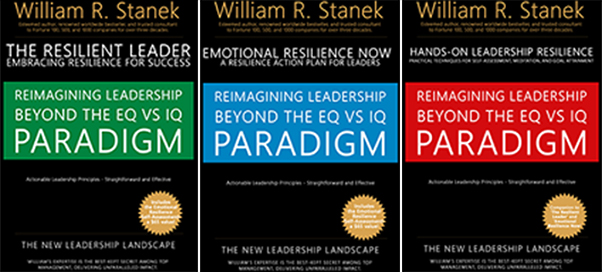
Join William at the crossroads of technology, business, and leadership, where true influence isn't about titles - it's about inspiring action, driving change, and guiding others with integrity. Discover how authentic leadership can transform not just careers, but entire industries.
Bring Inspiration Home
Enhance your space with William Stanek's evocative art. Each piece is crafted to inspire and uplift your everyday life.
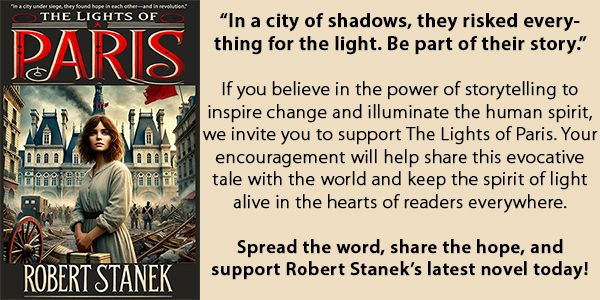
Support The Lights of Paris by Robert Stanek, William Stanek's pen name! Through vivid historical detail and deeply moving character stories, Robert takes readers on an unforgettable journey through one of history’s most transformative times.
